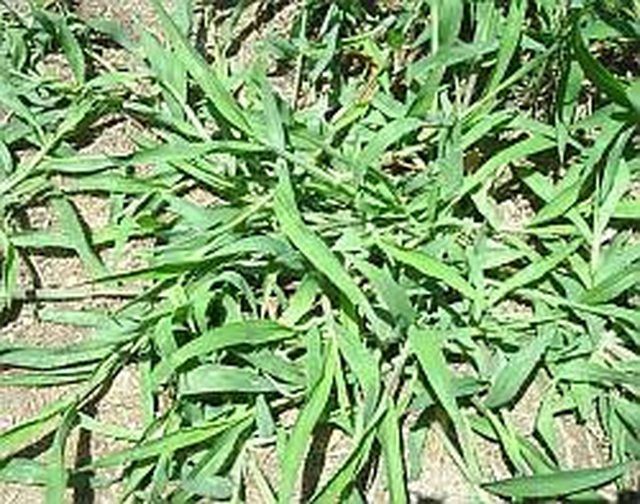Bulbs
Flower Basics
Flower Beds & Specialty Gardens
Flower Garden
Garden Furniture
Garden Gnomes
Garden Seeds
Garden Sheds
Garden Statues
Garden Tools & Supplies
Gardening Basics
Green & Organic
Groundcovers & Vines
Growing Annuals
Growing Basil
Growing Beans
Growing Berries
Growing Blueberries
Growing Cactus
Growing Corn
Growing Cotton
Growing Edibles
Growing Flowers
Growing Garlic
Growing Grapes
Growing Grass
Growing Herbs
Growing Jasmine
Growing Mint
Growing Mushrooms
Orchids
Growing Peanuts
Growing Perennials
Growing Plants
Growing Rosemary
Growing Roses
Growing Strawberries
Growing Sunflowers
Growing Thyme
Growing Tomatoes
Growing Tulips
Growing Vegetables
Herb Basics
Herb Garden
Indoor Growing
Landscaping Basics
Landscaping Patios
Landscaping Plants
Landscaping Shrubs
Landscaping Trees
Landscaping Walks & Pathways
Lawn Basics
Lawn Maintenance
Lawn Mowers
Lawn Ornaments
Lawn Planting
Lawn Tools
Outdoor Growing
Overall Landscape Planning
Pests, Weeds & Problems
Plant Basics
Rock Garden
Rose Garden
Shrubs
Soil
Specialty Gardens
Trees
Vegetable Garden
Yard Maintenance
How to Treat Crabgrass
How to Treat Crabgrass. Crabgrass spreads quickly if it is not treated immediately. All lawns are candidates for having crabgrass. But maintaining your lawn regularly is the best way to keep crabgrass away. Take control over the lawn that is yours and bring back the beauty for all the world to see.

Crabgrass spreads quickly if it is not treated immediately. All lawns are candidates for having crabgrass. But maintaining your lawn regularly is the best way to keep crabgrass away. Take control over the lawn that is yours and bring back the beauty for all the world to see.
Things You'll Need
Pre-emergent herbicide
Grass seed
Lawn fertilizer
Rake
Lawn mower
Treat crabgrass with a pre-emergence herbicide before it germinates or spreads, usually between mid-March and mid-May. Have it done professionally to avoid killing your lawn as well as the crabgrass. Or, be careful to treat only the crabgrass infected areas and then spread grass seed to help the grass grow back.
Wet your lawn and then pull or rake out the crabgrass late in the fall after the weather has turned colder and your lawn is entering the dormant phase. This will slow the crabgrass from spreading in the spring when it will begin to grow and spread wildly. This will give you time to have your lawn treated properly in the spring before the crabgrass gets out of hand.
Maintain your lawn when it is at its healthiest. Make sure to mow your lawn regularly. A lawn that is thick with grass, well-watered and well-fertilized will have less chance of growing crabgrass.
Fertilize your lawn every six weeks beginning in early spring (around mid-March) until it goes into its dormant season, which depends on your climate. Many fertilizers have crabgrass killers in them that will also protect your lawn. If you use these fertilizers regularly throughout your lawns most active growing times you should be able to keep the crabgrass under control.